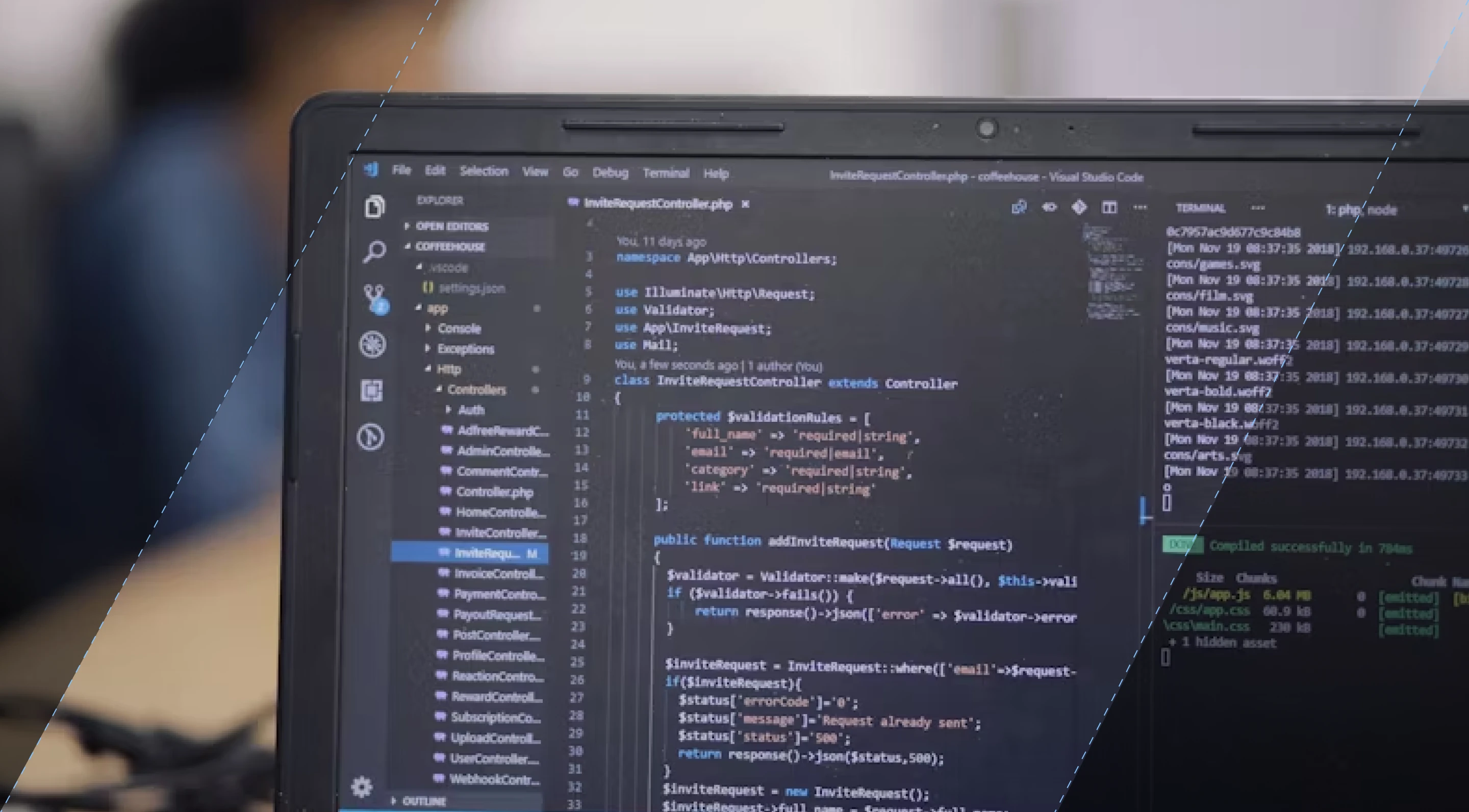SHARE
Productionalize, Productionize, or Productionise? Let’s Get It Right

Contents
Contents
Ever been typing away, only to stop and wonder if the word you’re using actually exists? Well, you’re not alone. Today, we’re tackling a word that trips many of us up, especially when we’re trying to explain how to get a project ready for the real world.
Is it “productionalize,” “productionize,” or “productionise”? It’s one of those things that might not seem a big deal until you’re trying to write it down in an official document.
What It Means
The terms “productionalize,” “productionize,” and “productionise” all refer to the process of making a product, system, or software ready for production. This means taking something from a development or prototype stage and ensuring it is fully functional, scalable, reliable, and capable of operating in a live or production environment.
This process involves a series of steps including testing, quality assurance, performance tuning, security enhancement, and sometimes scaling infrastructure to meet expected demand.
The Conundrum
The conundrum arises from the variations in spelling and usage of the term across different regions and the lack of a universally accepted version.
The variation “productionize” is predominantly used in American English, while “productionise” follows the British English convention of using “ise” in place of “ize.” “Productionalize” is less commonly used and might be seen as an extended form of “productionize,” adding an extra syllable for emphasis but not necessarily changing the meaning.
The confusion is compounded by the fact that authoritative dictionaries and reference sources may not list all variations or might prefer one variation over others. This leads to uncertainty about which term is “correct” or most appropriate to use in professional documentation, especially for an audience that might span multiple English-speaking regions.
The Correct Way to Use It
The correct way to use these terms largely depends on your audience and the convention followed by your organization or industry. Here’s a guide:
- If you’re working in an American English context or your organization prefers American spelling conventions, use “productionize.”
- For British English contexts or audiences, “productionise” might be more appropriate and familiar to your readers.
- “Productionalize,” while understandable, is less standard and might be best avoided in formal documentation to prevent any potential confusion.
Ultimately, consistency is key. Choose one variation and stick with it throughout your documentation to maintain clarity and professionalism. If your work spans different English-speaking regions, consider including a glossary or specifying the version of English used to pre-empt any potential confusion.
Regardless of the spelling, the focus should be on the process itself—ensuring that whatever you are “productionizing” meets the high standards required for production environments.
Conclusion
To wrap things up, getting hung up on whether to use “productionalize,” “productionize,” or “productionise” really shows us how language keeps changing, especially when we’re talking about making software ready for the real world.
Whether you go with the American “productionize,” the British “productionise,” or even “productionalize,” what really matters is sticking to one choice and keeping your writing clear. After all, the big goal here is making sure whatever project you’re working on is ready to go live and do its job well.
As we share our work and connect with people from all over, remembering that our words might be read by a global audience helps us to be clear and thoughtful in how we explain our ideas. Let’s keep aiming to be as clear as we can, making sure everyone understands and can follow along, no matter which version of these words we choose to use.
Comprehensive Web Development Services
Flatirons creates custom web development solutions tailored to your business needs.
Get the CEO's Take
Handpicked tech insights and trends from our CEO.
Comprehensive Web Development Services
Flatirons creates custom web development solutions tailored to your business needs.
Get the CEO's Take
Handpicked tech insights and trends from our CEO.

Perl vs Python: Choosing the Right Scripting Language
Flatirons
Apr 20, 2025
IoT Database: Manage Connected Device Data Efficiently
Flatirons
Apr 14, 2025
Proof of Concept Template: A Step-by-Step Guide
Flatirons
Mar 26, 2025
Objective C vs Swift: Which is Better for iOS App Development?
Flatirons
Mar 25, 2025
Scala vs Kotlin: Comparing the Functional Programming Giants
Flatirons
Mar 22, 2025
IoT Smart City Solutions: Transforming Urban Living
Flatirons
Mar 17, 2025